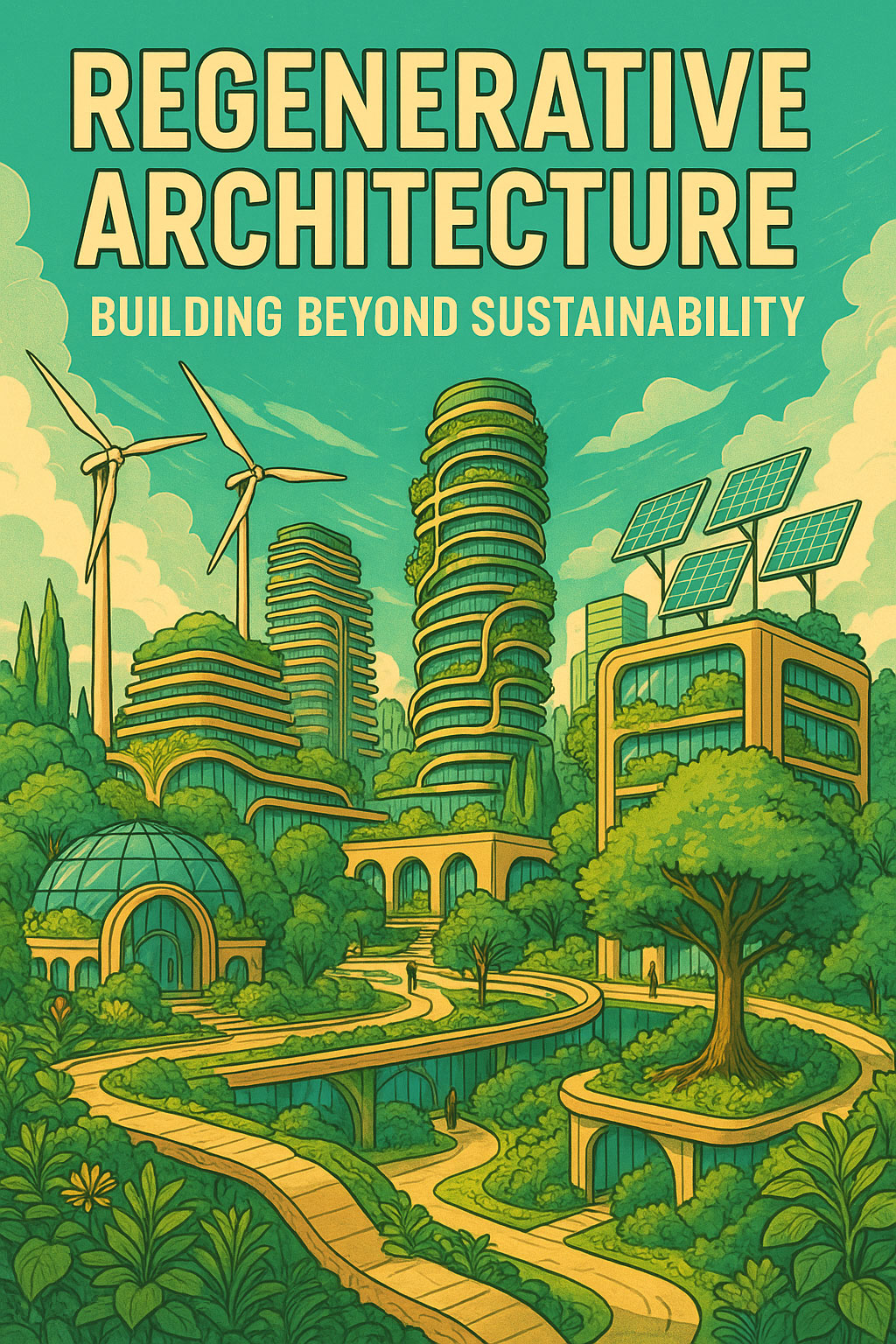In today’s environmentally conscious world, passive solar buildings have emerged as a sustainable and energy-efficient solution to reducing carbon footprints. One key component that makes passive solar buildings so effective is thermal mass. By understanding the concept of thermal mass and selecting the right materials, we can harness the power of natural heating and cooling to maintain a comfortable indoor environment. In this article, we’ll explore the science behind how thermal mass holds temperature in a passive solar building and introduce the best materials for this purpose, including the versatile and eco-friendly option of rammed earth.
- What is Thermal Mass?
Thermal mass refers to the ability of certain materials to absorb, store, and release heat energy. In a passive solar building, thermal mass plays a pivotal role in regulating indoor temperatures by capturing and retaining heat when it’s available and releasing it when needed to balance temperature fluctuations.
- How Thermal Mass Holds Temperature
When sunlight enters a passive solar building through its windows, it strikes surfaces with high thermal mass, such as concrete, brick, stone, rammed earth, or tile floors, or even water containers. These materials are excellent at absorbing solar radiation. As they absorb the heat, their temperatures rise, storing the energy for later use.
During periods of reduced or no sunlight, such as evenings or cloudy days, the indoor temperature starts to drop. Here’s where the magic of thermal mass comes into play. These materials slowly release the stored heat back into the room, maintaining a consistent and comfortable temperature, even without additional external heating sources.
- The Best Materials for Thermal Mass
a) Concrete: Concrete is widely used as a thermal mass material due to its high density and heat capacity. It absorbs and retains heat effectively, making it a reliable choice for passive solar buildings. Concrete floors or walls can effectively stabilize indoor temperatures by absorbing excess heat during the day and releasing it at night.
b) Brick: Brick possesses good thermal conductivity and a high heat capacity, making it another ideal choice for thermal mass. When integrated into a building’s interior, brick walls help in regulating temperatures by absorbing and storing solar heat during sunny periods and releasing it gradually when the temperature drops.
c) Stone: Natural stones, such as sandstone or limestone, boast excellent thermal mass properties. These materials have a remarkable ability to capture solar energy and slowly release it over time, thereby reducing the need for additional heating or cooling systems.
d) Adobe: Adobe, a traditional building material made from clay, straw, and water, is an excellent natural thermal mass material. Its low thermal conductivity allows it to absorb and retain heat effectively, ensuring a steady indoor temperature in passive solar buildings.
e) Rammed Earth: Rammed earth is a sustainable and eco-friendly material gaining popularity in passive solar building designs. Comprising a mixture of earth, gravel, and stabilizing agents, rammed earth possesses impressive thermal mass capabilities. It efficiently absorbs and stores heat during the day, subsequently releasing it to maintain a stable indoor temperature during cooler periods.
f) Water: Water is a highly effective thermal mass material, often utilized in containers or tanks within a building. Water’s high specific heat capacity allows it to store large amounts of heat, making it a reliable way to balance temperature fluctuations in a passive solar system.
In conclusion, thermal mass is a vital component in passive solar buildings, enabling them to maintain comfortable indoor temperatures by absorbing, storing, and releasing heat energy. When incorporating the right materials, such as concrete, brick, stone, adobe, rammed earth, or water, into the building’s design, we can enhance the effectiveness of passive solar systems and reduce energy consumption. By harnessing the power of thermal mass, we can pave the way for sustainable, eco-friendly, and energy-efficient construction practices.





Leave A Comment